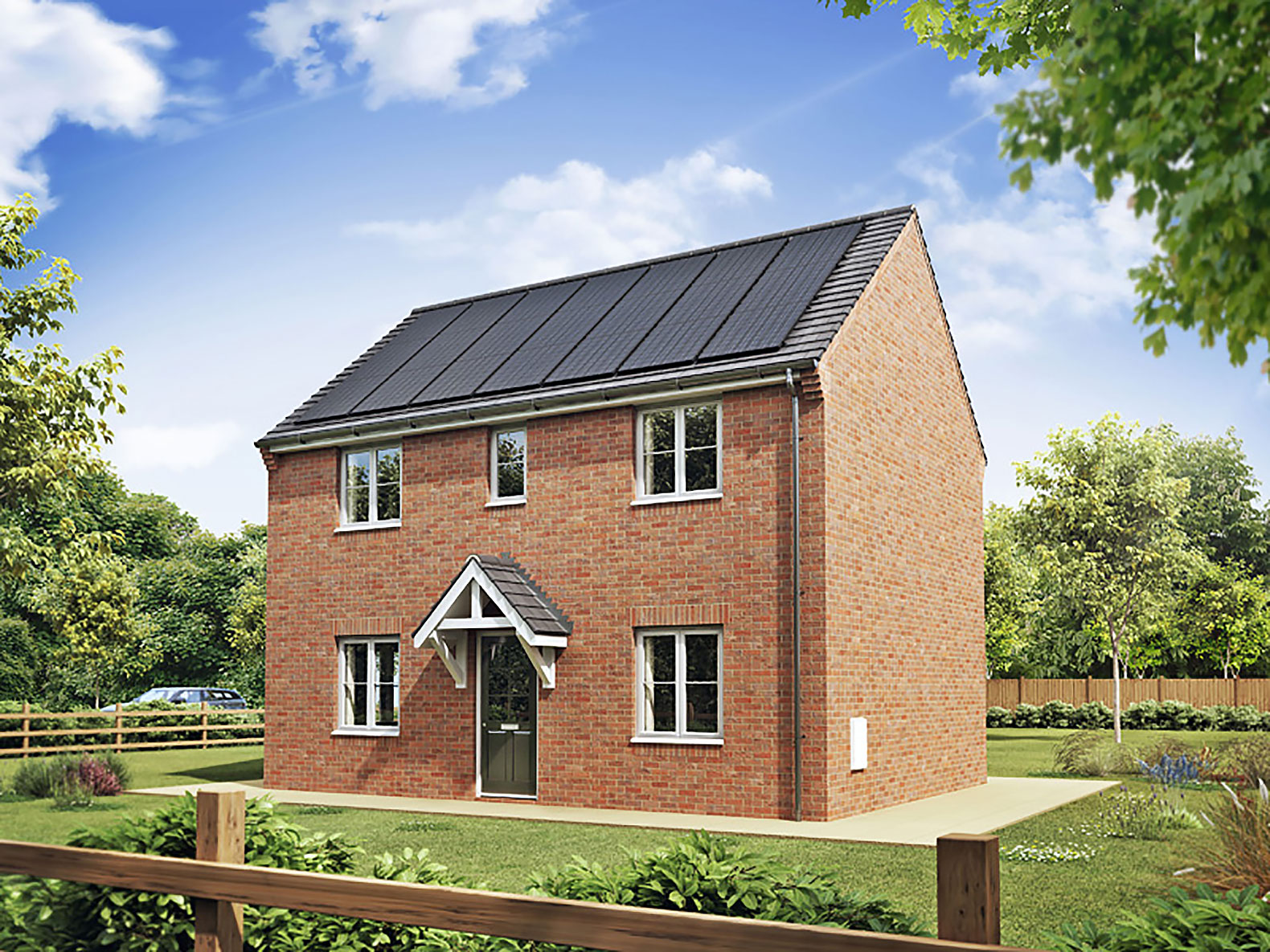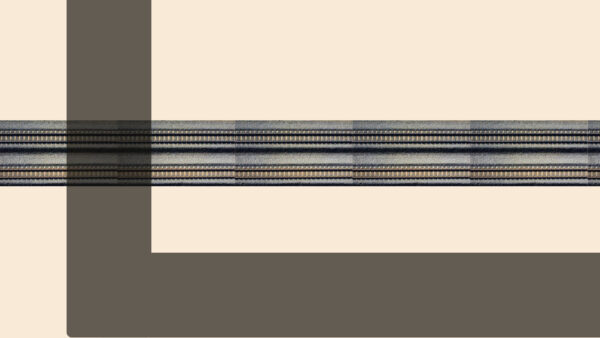UK housebuilder Larkfleet Group has applied for planning permission to build an experimental house that could use jacks to lift itself above flood waters.
If tests are successful the house could unlock sites across the UK that at present cannot be developed because of the risk of flooding.
Karl Hick, chief executive of the Larkfleet Group, said: “The elevating house effectively eliminates the risk of flood damage to homes so that more land across the country can be approved for future home building.
“This will help to tackle the housing crisis that is being caused by the demand for new housing far exceeding the supply.”
If planning permission is granted by South Holland District Council, Larkfleet plans to build a three-bedroom detached house in Weston Hills, near Spalding, Lincolnshire that can be raised up to 1.5m above ground level by eight mechanical jacks. The house would sit on a steel ring beam in place of conventional foundations.
Experiments with raising and lowering the house, including testing the long-term maintenance and operation of the jacking system, could run for up to five years

The modular steel-frame design allows the house to be easily disassembled and re-erected on another site on conventional foundations as a family residence.
Larkfleet houses would be jacked up well ahead of the arrival of flood waters, based on advance warnings from organisations such as the Environment Agency.
The mechanical jacking system is powered by a central motor, gear box and drive shafts and could lift the 65 tonne house 1.5m in less than five minutes.
Rooftop solar panels and a battery would provide the house with some continuing electricity supply when raised above the ground and the water and sewage would remain connected through flexible hoses.
UK and international patents for the elevating house are currently pending.
If planning permission is approved work on constructing the house could begin early in 2017.
Images via Larkfleet Group
Comments
Comments are closed.







So you’re on holiday abroad the first time the jacks are required. The house gets flooded, the jacks go rusty and that’s the end of that.
Just one major problem : It may be that the maximum recorded flood level for the area is 1,5 m but it could well be exceeded at any time in the future! The idea of a structural light weight timber house bolted down onto a ferro-marine cement full size float pontoon riding on the required number of very strong deep founded precast pre-stressed piles would not require hydraulic jacks power activated in any way as the whole structure would simply float up and down with the changing level of the flood waters while remaining in place restrained by the full height precast piles!
Mmm…. I know it’s a concept drawing, but where are the mains services going to go when it lifts up (flexible gas pipes, etc?????), and how on earth is such a system going to be flawlessly maintained?
Too simplistic and impractical an idea.
Why brickwork which will crack easily under minimal movement and has a high dead load? Timber or steel framing with timber or other man-made cladding would be lighter and will absorb more movement.
The jacking motor and mechanism would need to be above flood level to prevent damage and for regular and EFFECTIVE maintenance to ensure it will work when required.
Reliable power supply will be necessary to operate and maintain jacking in raised position.
Ground drainage will still flood polluted water from inspection chambers and gullies, preventing the house drainage from working.
No planting or building will be possible to the house walls which will resist the lifting of the jacking system and for the same reason, a clear gap will need to be maintained around the perimeter walls at all times.
From historical experience od new building methods, both mortgages and insurance will be all but impossible to obtain.
Its a good idea in theory but in reality the lifespan of the jacks would be a major concern in terms of both service life and how they would be replaced in the event of them breaking. Also there is the health and safety aspect, that is how are the residents safe when the house is elevated, there is no safety barrier and this would pose a huge risk if the house is surrounded by floodwater. I wish the company well but cant help think the money would be better spent elsewhere, such as previous homes that are built elevated on stilts.